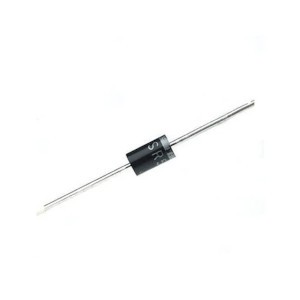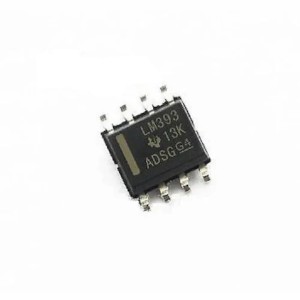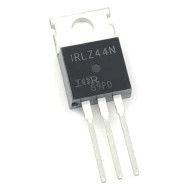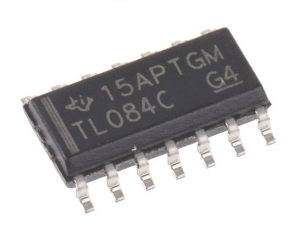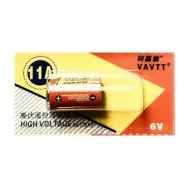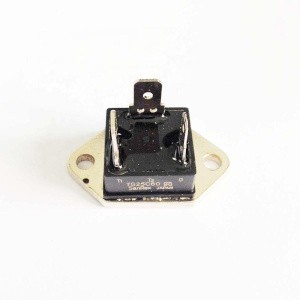

AQH2223 DIP-7 Solid-State Rrelay (SSR)
Inhouse product
-
৳320.00
Reviews & Ratings
The AQH2223 is a solid-state relay (SSR) IC manufactured by Panasonic Industrial Devices. It is housed in a DIP-7 (Dual In-line Package with 7 pins) package, which is a through-hole component commonly used in electronic circuits. Below is a detailed explanation of the AQH2223 and its DIP-7 configuration:
What is the AQH2223?
- Type: Solid-state relay (SSR) with a photo-triac output.
- Function: It is designed to control AC loads, offering electrical isolation between the input control signal and the output load. It is commonly used for switching AC loads in applications such as:
- Home appliances (e.g., air conditioners, microwaves, washing machines, refrigerators).
- Industrial machinery (e.g., material handling, packaging).
- Automotive systems (e.g., steering, braking).
- Robotics and automation (e.g., motion control systems).
- Medical equipment (e.g., surgical robots, imaging devices).
- Key Features:
- Input: Low current control (25 mA DC input).
- Output: Can handle up to 0.9 A and 600 V AC.
- Isolation: High dielectric strength of 5,000 V AC between input and output.
- Compact Size: Suitable for space-constrained applications.
- Versatility: Supports both 100 V and 200 V AC loads, reducing the need for multiple part numbers.
DIP-7 Package
- DIP-7 refers to the physical package of the AQH2223, which has 7 pins arranged in a dual in-line configuration (two parallel rows of pins).
- Pin Configuration:
- Pin 1: Common (GND).
- Pins 2–6: Form a 6-pin header for controlling the output contacts.
- Pin 7: Input (IN), used to control the relay’s switching action.
- Mounting: The DIP-7 package is designed for through-hole mounting on a printed circuit board (PCB), though surface-mount options may also be available for similar SSRs.
Applications:
The AQH2223 is widely used in circuits requiring reliable, noise-free switching of AC loads with minimal power consumption. Its high isolation and compact size make it ideal for:
- Controlling AC motors, fans, or heaters.
- Automation systems requiring precise control.
- Applications where electromagnetic interference (EMI) must be minimized compared to mechanical relays.
Frequently Bought Products
Product Queries (0)
Login Or Registerto submit your questions to seller
Other Questions
No none asked to seller yet
-
৳320.00
